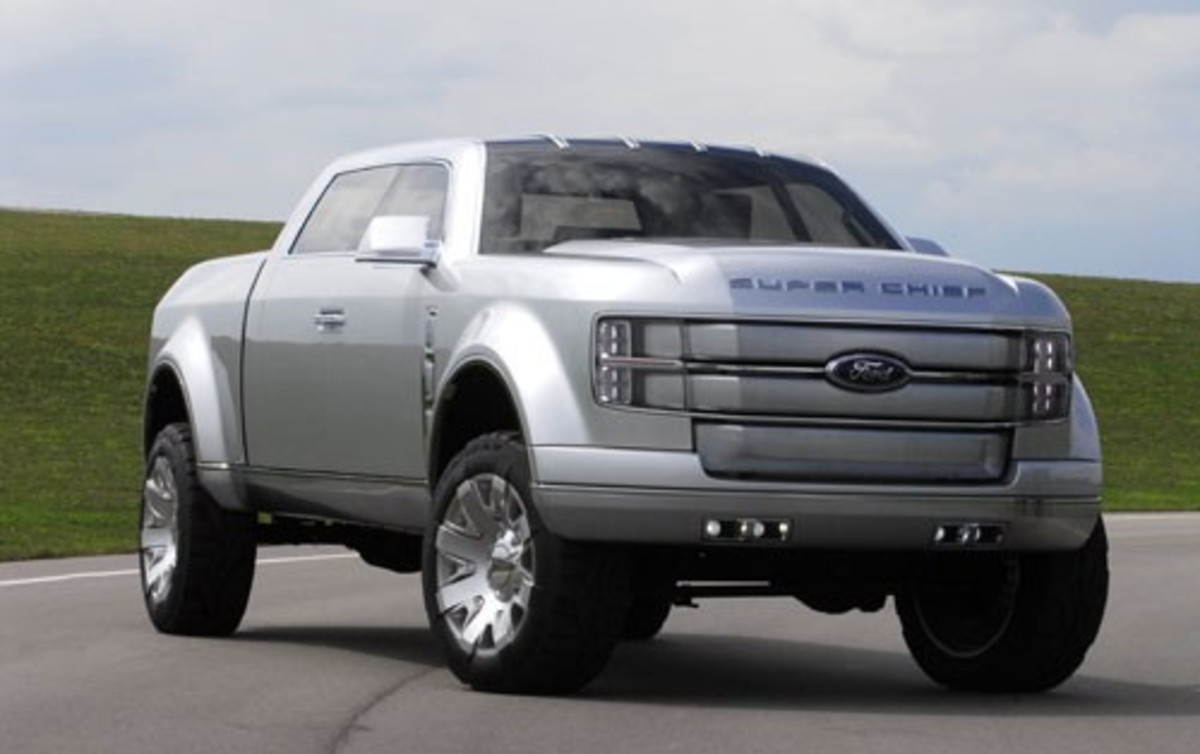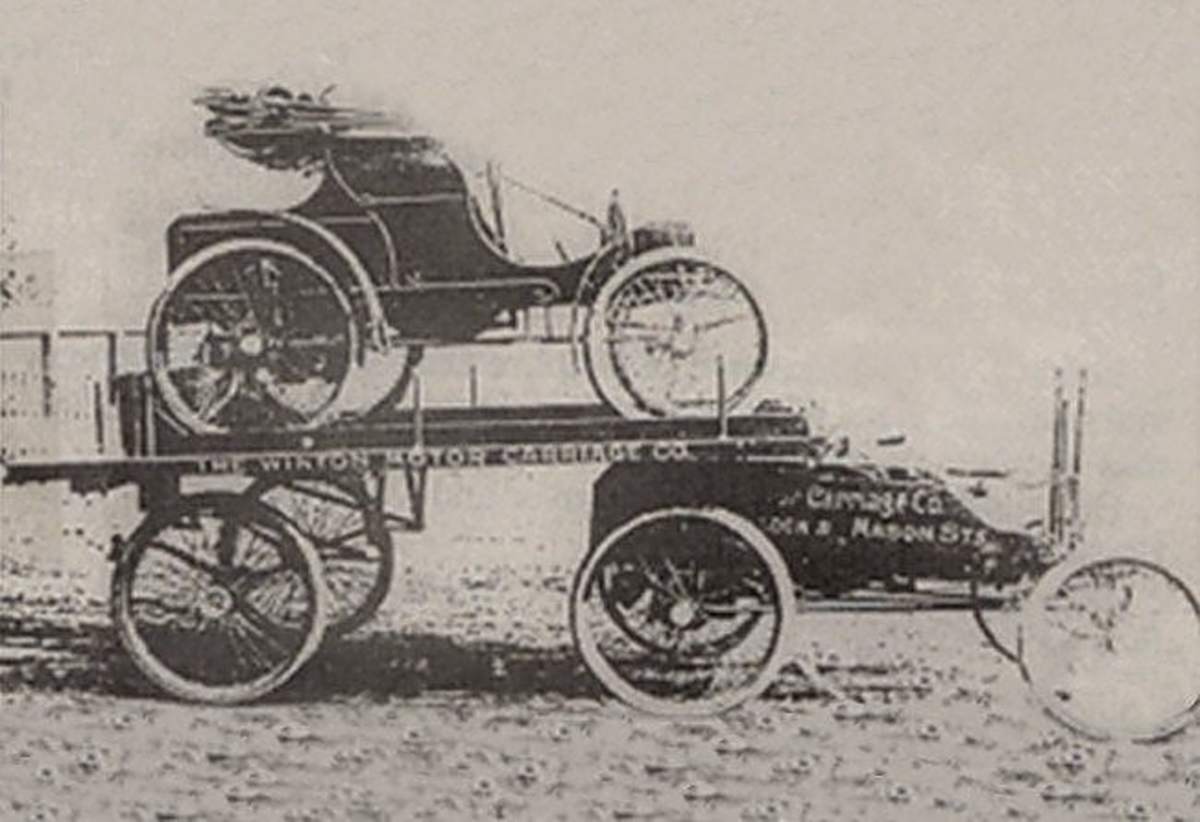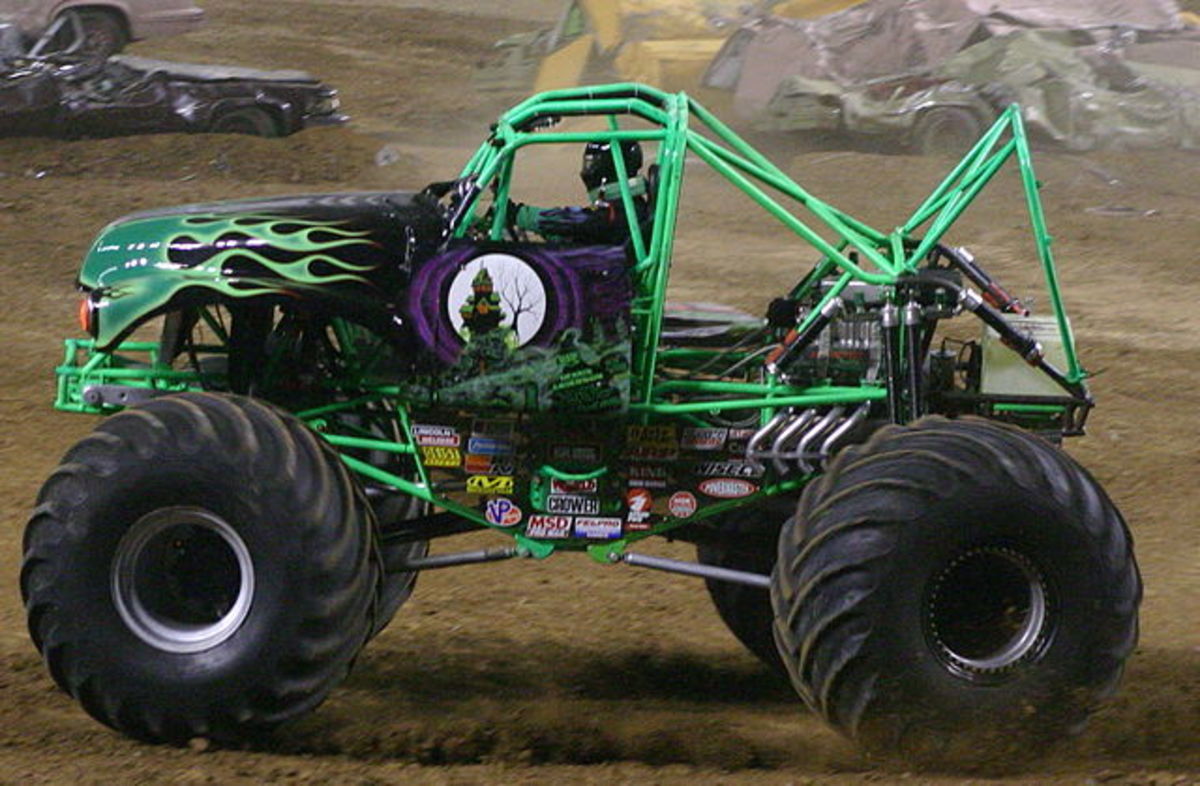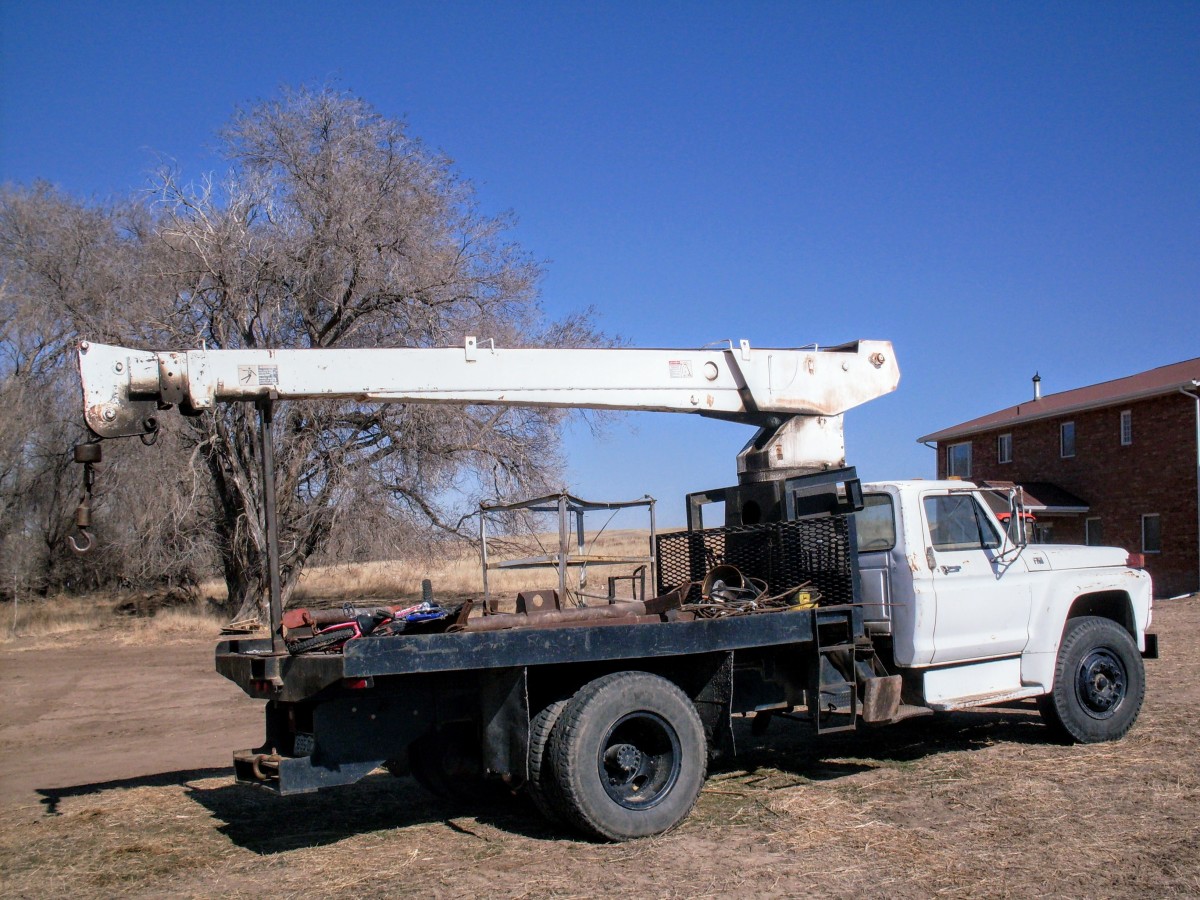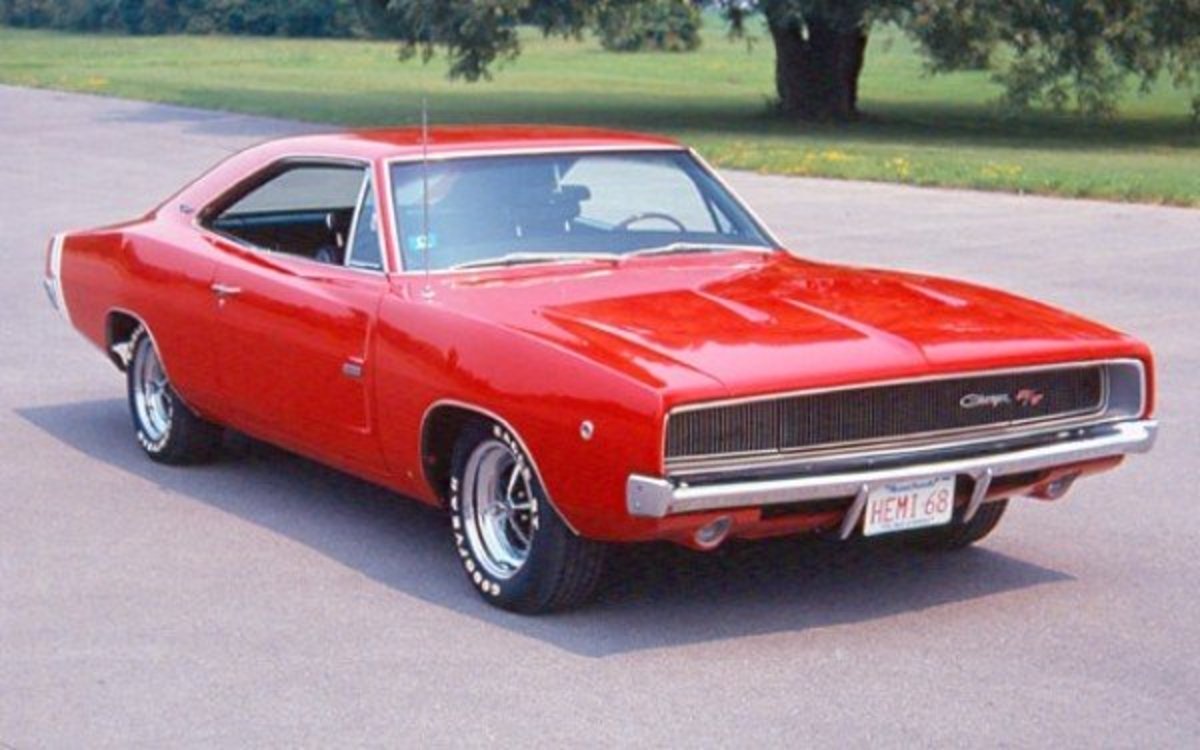Dual Rear Wheel Axle vs Single Rear Wheel Axle on Trucks
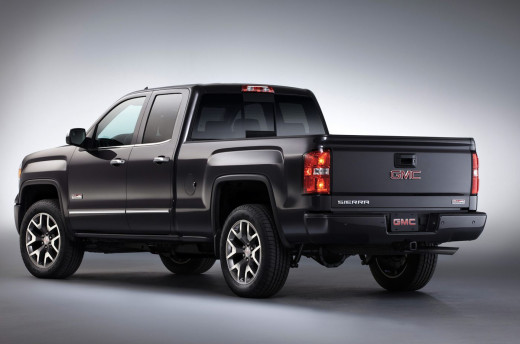
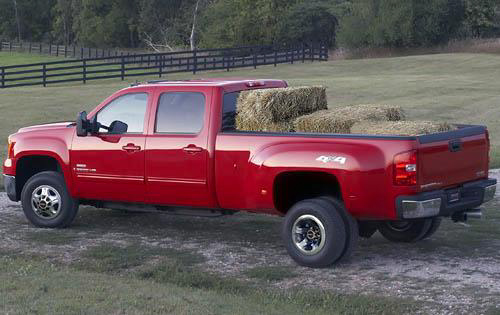
PRO's
After doing a lot of research, I have discovered a few pro's and con's as I have read through multiple forums and online information.
Below are a few PRO'S to buying a dually truck:
- Obviously, the towing capacity. With "E" rated tires, and four of them, you can haul just about anything. I'm going to keep this section very vague because it truly varies by brand and model, but you can easily add an extra 500 - 800 lbs of available cargo to the bed (legally), verses a single wheel axle.
- As above, you can have more weight pushing directly on the suspension (bigger springs, overall suspension), so therefore this type of vehicle is ideal for towing heavier objects, such as horse trailers, cargo trailer, automotive trailers, heavy fifth wheel trailer, yachts (large boats), etc.
- Added stability in corners while carrying these heavy things, the extra wheel provides that.
- Reduced sway on interstates while being hit by crosswinds, while towing these things.
- Some say that dual axle gives a more "preferred" look, and some prefer the flared out fenders.
- During a blowout of a rear tire, you will have added safety of the second tire on that side and you will still be able to move the vehicle off of the highway and to a parking lot, while still being able to fully maneuver the vehicle.

CON's
These are a few CON's that I have found from multiple forums:
- When it's time for new tires, you will be buying 6 tires instead of the usual 4. At $150 a pop, this can be an added expense.
- Dually's are hard to keep in their lane while going down the road, especially on two lane highways.
- Turning around curves and corners, and most times bouncing off of them, is common because of the added width of the vehicle by adding an extra tire.
- Reduced traction on slippery surfaces (during rain) and especially in snow. The weight of the rear end of the truck is divided onto two more tires (a total of 4), therefore leading to reduced traction on roads.
- Hard to park in a parking lot, and overall maneuverability around town is reduced.
- The added suspension to be able to carry heavier loads leads to a stiffer ride while traveling empty.
- Some do not prefer the look of the flared out fenders on a dual axle truck. Some like the smooth, clean lines of the single axle truck.
My contradictions to the above statements
I will try to lend my insight into the trucking world, because I myself own a 2000 F-350 Extended cab, long bed, single axle truck. I typically pull a 32' travel trailer at least 4 to 5 times a year.
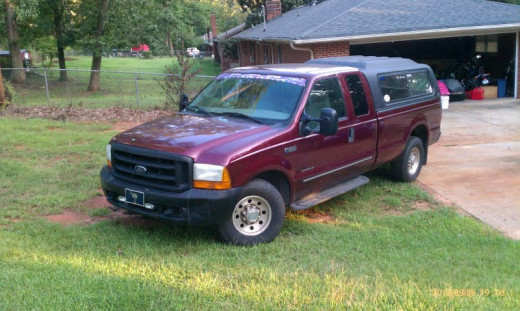
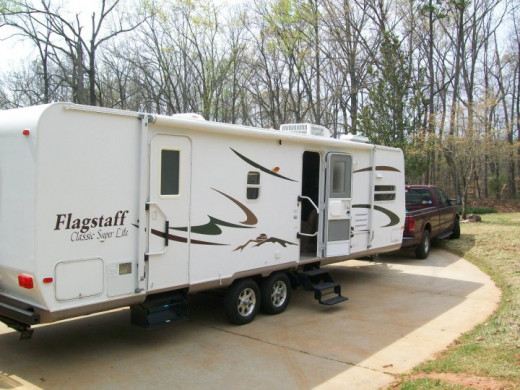
Suspension and ride quality
Trucks are not cars, and they ride like crap, period. If you show me a truck that has a smooth, comfortable ride that resembles a car, I will show you a truck that is unable to work and/or pull a heavy load. With a beefed up suspension that is ready to carry 10,000 lbs at all times, you will have a stiff ride. Buy a secondary car as your daily driver/family car, and leave the truck parked. With diesel at $4.00/gallon, you cannot afford to drive it for pleasure anyway, only for work or towing.
However, when you do put in a minimum of 1,000 lbs in the bed of this truck, get prepared for one of the smoothest rides of your LIFE! We are talking Cadillac Limousine! These trucks hit their sweet spots with a load in the bed, or on the tongue as you pull it down the road. They are two different animals until that happens, and please never forget that.
Parking and Maneuverability
Again I say, a truck is a truck. Most people buy quad cabs now, so that the entire family can ride comfortably, and whether it has a six foot or an eight foot bed on it will have more to do with it's maneuverability than the number of wheels on the back axle. These things are boats on land, and most times you will park in the back row at Walmart. Accept that fact.
And how many trucks to you honestly see roaming the streets in NYC? Stay in your Prius or SmartCar for two if that is an issue and that is where you live. Again, can you really afford the diesel to run to the store and back.
Reduced Traction
This is where I'm drawing a blank, and maybe I am wrong. The main focal point seems to be that you are spreading the weight onto four tires instead of only two, so therefore you have less traction and do a lot of slipping and sliding. But, as you divide that weight, you are also gaining twice the surface area for that traction, so shouldn't your friction force therefore be the same?? One would think?
Wider width of vehicle, staying in lanes and hitting curbs
You will need to learn to swing a little wider while going around corners to avoid scrubbing your tires and rims on concrete curbs, I will admit that. But if you truly use a truck as it's intended (to pull heavy, bigger things behind it) then 90% of your time, the object you are pulling should be WIDER than your truck anyway (even if it is a dually), or at least VERY similar in width. So, as far as staying in your lane goes, you should be doing that anyway!! Would you really drive for 50 miles down a road with your right side tire in the ditch or gravel?? One would hope not!
Tire wear, management, and replacement
Yes, tires will be expensive as you replace 4 on the back end instead of only 2. But my thoughts on that are the same: You are reducing the weight on each tire, so therefore shouldn't it be wore less as the stresses on that tire are reduced? As long as your front end is aligned with your back end, i see this being true?
I know for a fact I can wear through only two tires on my truck QUICKLY. But I'm thinking that is mainly because only TWO tires take all of the stresses of the entire truck. They are taking all the weight that the travel trailer has to give, plus the truck weight, and all the forces of having to produce energy to cause friction to be able to move those objects safely down the road. So, if you took those same forces, divide it by two, shouldn't it be less wear on those tires, and they should last longer?
Thank-you!
Thanks for reading my hub, I welcome any and all comments, as I am still weighing the pro's and con's myself, and overall trying to learn new things.
COPYRIGHT
This article was originally posted on hubpages at http://franksg384.hubpages.com/. If it is found anywhere else on the internet, it has been illegally copied and posted, and I ask you to simply report it to google or myself at http://twitter.com/franksg384. THANKS!


